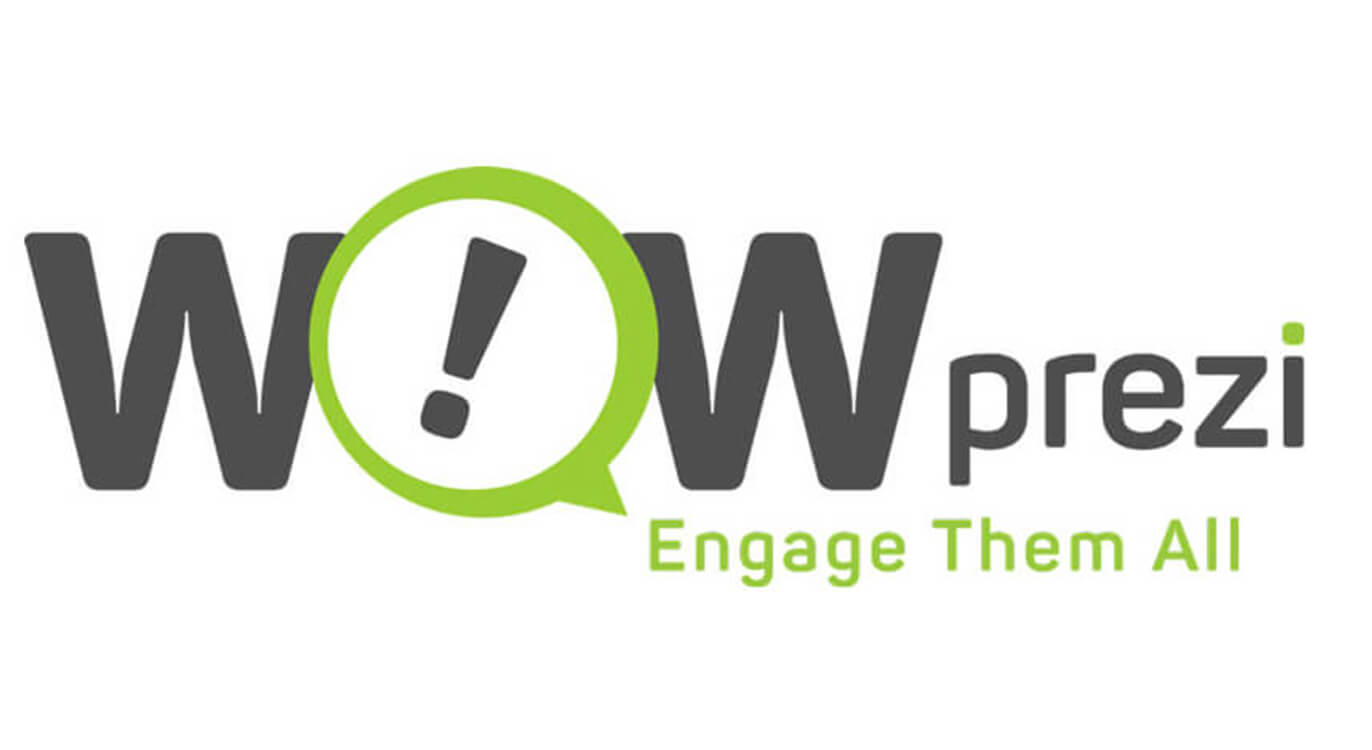You want your audience to remember your presentation and be engaged by your material. Putting together a Prezi presentation with limited knowledge will end in disaster. You need to understand how the brain engages, understands, and remembers. There is an actual science on how we conceive information that is presented to us. Let’s take a short trip through how your audience (and you) encodes information into memory. Then you can deliver any presentation with maximum impact.
Human Spatial Cognition
Extensive research has been done just to define the title of this section. The State University of New York at Buffalo published a research document on Geography and Human Spatial Cognition. To keep this trip actually short, let me sum up what they are saying. There are three levels of spatial memory impression.

The first is physical interaction, or your depth perception and what you know from moving around. Moving to the next stage is what you visual perceive around you. Metaphors are the primary agent the brain uses to move through the process. The final stage is the created mental map or the trans-perceptional stage.
This all needs to be taken into account when building your presentation. How people interact with the environment, naturally how we move through it, and how the mental picture is created is the basis for the visual frame up of your presentation. Prezi presentation gives you the ability to use the z-axis and move around the presentation canvas just as you would move around in the physical world. Looking close at details is accomplished by zooming in. The brain recognizes this as normal spatial movement and encodes to memory the presentation.
Cognitive Science
John Hopkins University Studies Cognitive Science
Extensive research is constantly underway at John Hopkins University. They study the above topic along with integration of language. Here are a few tips from a science point of view when integrating context on your presentation:
- Avoid Bullet Points: Retinal tracking has shown that this actually distracts the viewer’s eyes to the actual bullet point.
- Only 5 Words Per Slide: Extensive studies have proven that people can read and listen. After the 5th word read, the audience member is distracted by the slide and you lose their focus. The brain is walking through the trans-perceptional phase. Keep them focused on you. The visual aid is just that, an aid.
- Less Is More: Don’t cram your presentation full of content. Make sure you have no more than three points in each section. Leave room for them to ask questions. Use metaphors to bridge the gap on the details you leave off. They are key to memory imprinting anyhow.
A Prezi presentation allows for the presenter to use their visual aid to its maximum potential. By allowing the screen to move in and back out, the brain maps out the process and the flexibility to place content anywhere on the slide speaks to the memory process.
Know Some Psychology To Be Memorable
I am not saying go enroll in a psychology course and read hundreds of books. What I am suggesting, or well informing is that knowing human psychology gives you an edge. Once you can speak directly to the hardwired brain processes of every audience member, you make an impact. They will talk about your presentation, and the material, all week. Forever they will be changed because the message was imprinted into their memory. Spend an hour or two once a week to read up on human visual and audio engagement. Indiana University Purdue is a good place to start. You will be amazed at the small “tweaks” you can take from them and add to your next presentation.
So the adage of using Human Cognitive Science has captured an entire gaming world. You can harness this same power in your next Prezi presentation and by using these tips.
At wOw Prezi, we rebel against PowerPoint’s status quo and are in a mission to save the world from deadly PPTs, helping sales teams to transform stiff, slide-based presentations into fruitful, revenue-generating conversations.
Get in touch with our team of Prezi Experts to find how we can help your salespeople thrive with Conversational Presenting and the Power of Storytelling in Sales.

Comment